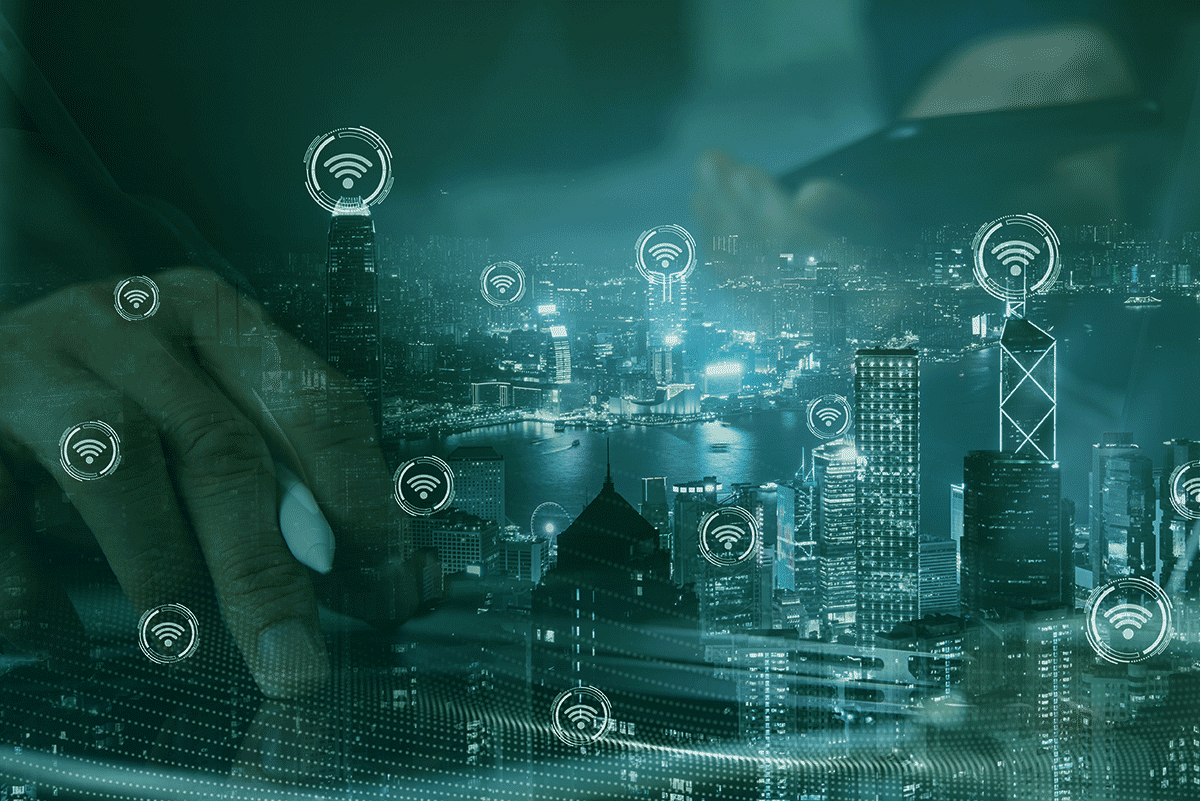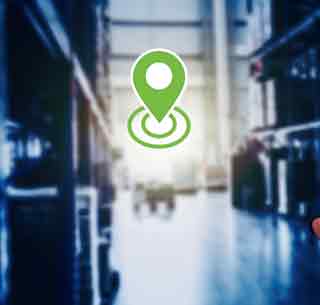“Every business process can be enhanced by exploiting the location of participating people or objects.” – Gartner report Architecting for Location, March 2021.
The acceleration of IoT and Smart Industry have opened the door to advancing the use of location and asset analytics, helping businesses in all arenas make better decisions—quickly and consistently. In its March 2021 Architecting for Location report, Gartner points out that using location data of the assets, objects, inventory and people within your facility can drive efficiency from distribution through to the back-office.
What once was an afterthought or only relevant in special use cases, location data is now an integral part of optimizing business processes. Gartner analysts predict that the growth of location data opportunities will be a change agent through 2025. With trends like “anywhere enterprise” where staff, products and assets are spread out within an environment, the need to quickly locate, trace, and track items and workflows is an important element for driving productivity. Add in new technologies, such as robotics and autonomous vehicles (like self-driving forklifts) mixed with human employees, provides the benefit of improving safety to ensure sustainability and organizational agility.
Key Benefits of Real-time Location Services
Real-time Location Services (RTLS) have come a long way. Accuracy, data analytics, and traceability are key factors in helping businesses across the board extend, improve and deliver added value.
- Location-aware inventory and pricing helps you know to the dollar what your inventory is worth
- Enhanced compliance by easily locating expired materials within your facility
- Just-in-time logistics to discern what is where and how much
- Theft reduction of materials, inventory and work time
- Optimized workflows and processes to enable greater efficiency throughout your facility
- Improved equipment utilization to reduce time theft, inefficiencies and under-used assets
- Geofencing for employee and visitor safety, ensuring hazardous areas are only accessed by select personnel
Creating a Location-Aware Business
Implementing the physical technology into your organization’s environment is the easiest step toward creating a location-aware business. Once everything is tagged and sensors are aligned, the real power of location data comes into play.
Collecting and using your location data starts with identifying those business outcomes that rely on accurate (sub-meter) location tracking and tracing. It also means being willing to change your business processes as the data analytics indicate to streamline efficiency and drive productivity. Some questions to consider are:
- How will business behaviors change knowing the real-time location and tracing history of everything and everyone?
- How much time and staffing resources do you waste looking for lost or misplaced inventory or assets?
- How many ways could you charge for products/services based on their location?
- Where and with what equipment do most accidents occur within your facility?
- How much more would you get out of your total investment being able to locate people, inventory and assets in real-time?
Every business will answer these questions a bit differently, but the consensus is that real-time location services will impact your business processes and profitability to the level at which you’re willing to transform and incorporate this new knowledge.
Given the speed at which the technology and economics of location tracking are evolving, engaging with stakeholders and employees on the improvements they should expect is key to extending the value of your investment. Presenting quantifiable forecasts of how much money, time, and effort can be saved in having real-time location data is the first step to get buy-in from corporate leaders. The questions above are a good starting place.
Estimates of how current business models can be transformed into streamlined processes with greater agility and flexibility, as well as the opportunity for innovation, create a framework where stakeholders can clearly see the benefits.
Breaking it down at the business-unit level, addressing privacy and compliance issues that are inherent to location tracking and providing transparency to your workforce can mitigate privacy concerns and enhance your reputation as a safe place to work.
Transforming your environment from the tech to the process to engagement will enable your organization to work smarter and enhance your overall ROI.
Putting RTLS to Work for You
i-Virtualize can help you navigate the intricacies of building a location-aware business. Our TRACE Sensors RTLS solution is an innovative indoor positioning and location system that uses a digital map of the environment to quickly locate and identify people, assets, and inventory. With an accuracy of less than 1M, TRACE Sensors makes it easy for you to identify, and distinguish, everything within your facility to ensure efficiency, compliance and safety.
The data gathered by TRACE Sensors is securely stored on an off-premise, proprietary cloud-based location intelligence platform, making it easy to manage all locations—anywhere around the globe—using a single dashboard that can be accessed using any device.
When it comes to privacy, TRACE Sensors tags only collect data within your facility and surrounding campus. Employee privacy is never compromised, and the ability to enhance employee safety is optimized within your environment.
Find out how TRACE Sensors can optimize your business using location data to fuel a smarter transformation.


